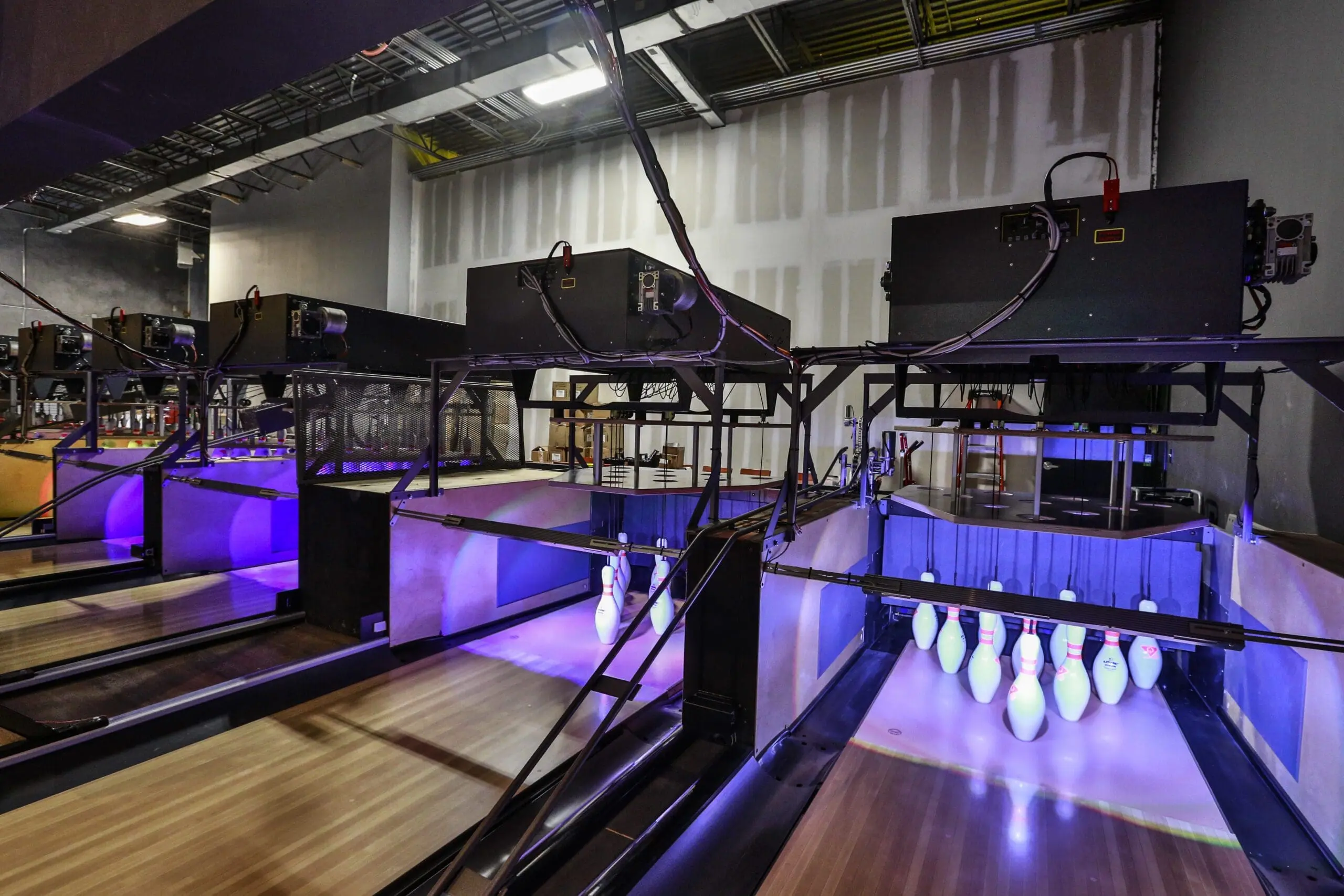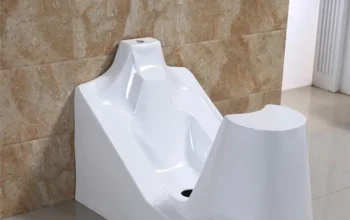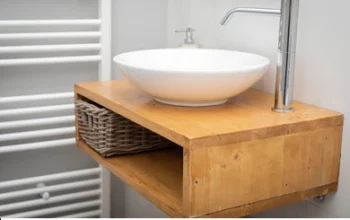Purchasing used bowling equipment is a practical way to save money while still acquiring the gear needed to enjoy or operate a functional bowling setup. Whether you’re a recreational bowler setting up a home lane or a business owner expanding your bowling center, secondhand equipment can deliver significant value. However, the process requires careful planning and informed decision-making to avoid costly mistakes.
A smart first step is buying from a reliable source of used bowling equipment. Reputable suppliers often inspect and refurbish their inventory before resale, giving you confidence in the equipment’s condition and longevity. Still, knowing what pitfalls to avoid during your purchase journey is just as important as choosing the right seller.
Here are the most common mistakes buyers make when purchasing used bowling gear—and how you can steer clear of them.
Ignoring the Seller’s Reputation
One of the biggest mistakes is buying from unknown or unverified sellers without doing proper research. Not all vendors are transparent about equipment condition, history, or maintenance. Trustworthy dealers will offer clear product descriptions, actual images of the items, and access to service records or warranty options.
Avoid it by:
- Reading reviews and testimonials
- Asking for references from past buyers
- Checking the seller’s return policy and guarantees
Working with a respected vendor ensures you’re getting exactly what you pay for, without unpleasant surprises down the road.
Failing to Inspect the Equipment
It can be tempting to make a quick purchase based on price or photos alone. However, failing to inspect the equipment—whether in person or through a detailed virtual walk-through—can result in buying gear that’s damaged, incomplete, or incompatible with your setup.
Avoid it by:
- Requesting a video call to view equipment remotely
- Asking for close-up photos of key components
- Inquiring about the condition of all moving parts, electronics, and surfaces
A thorough inspection can uncover issues like corrosion, cracks, worn belts, or misaligned parts before you commit to buying.
Overlooking Compatibility
Another common pitfall is buying used gear that doesn’t integrate well with your current systems or space. Pinsetters, scoring systems, and ball returns all come in different models and formats, and not all are compatible with one another.
Avoid it by:
- Confirming voltage requirements and dimensions
- Matching scoring software with pinsetter types (e.g., string vs. free-fall)
- Ensuring lane equipment fits your installation area
Always double-check with the supplier or a technician to verify compatibility before purchasing.
Not Considering Total Cost of Ownership
The sticker price on used bowling equipment may seem like a bargain, but additional costs can add up quickly. These may include shipping, installation, repairs, replacement parts, and upgrades. If you overlook these expenses, your “budget” purchase may end up costing more than new equipment.
Avoid it by:
- Asking for a detailed breakdown of all costs
- Getting shipping and installation quotes in advance
- Budgeting for future maintenance or refurbishment
Plan for the full lifecycle of your investment, not just the initial purchase price.
Skipping Refurbishment or Maintenance Records
Without documented maintenance or recent refurbishment, you have no way of knowing how well the equipment was maintained. Buying “as-is” might result in equipment failure shortly after installation.
Avoid it by:
- Asking for service logs or refurbishment details
- Prioritizing refurbished models over untested ones
- Choosing sellers who provide condition reports or warranties
Properly serviced equipment will last longer, perform better, and minimize disruptions in use.
Forgetting About Installation Needs
Bowling equipment—especially lanes, pinsetters, and scoring systems—is complex and often requires professional installation. Overlooking this can lead to improper setup, safety issues, or costly repairs.
Avoid it by:
- Asking whether installation is included or offered as a service
- Consulting professionals to assess your space and requirements
- Ensuring you have access to necessary tools or contractors
A proper installation is critical to getting the most out of your investment.
Rushing the Purchase Process
Finally, rushing into a purchase without doing due diligence can lead to regret. Buying used bowling equipment should be treated like any significant business or recreational investment. Take the time to research, compare, and verify every aspect.
Avoid it by:
- Comparing multiple offers
- Getting a second opinion from an expert
- Negotiating terms carefully, including delivery timelines and service support
Patience and thoroughness will ensure that your investment serves you well in the long term.
Final Thoughts
Buying used bowling equipment can be a wise decision when done carefully. By avoiding common mistakes—like skipping inspections, overlooking compatibility, or failing to budget properly—you can enjoy high-quality gear at a fraction of the cost of new equipment. Always prioritize reliability, transparency, and professional guidance to make your purchase both smooth and successful.
With the right approach and attention to detail, used equipment can be a durable, high-performing addition to your bowling setup, whether you’re planning a personal space or a commercial venue.




